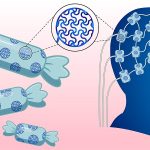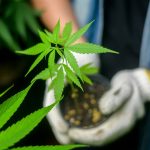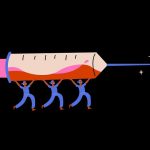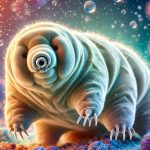Chewing gum ingredient may make medical implants safer and smarter
A sugar substitute often found in chewing gum may help create safer and more effective medical implants, offering new hope for people with chronic...
Scientists decode cannabis DNA, uncovering hidden superpowers
Cannabis has been part of human history for thousands of years.
From ancient rope and textiles to modern medical oils, it’s long been a useful...
Tiny 3D-printed tool helps scientists build complex human tissues in the lab
Scientists at the University of Washington and UW Medicine have created a tiny 3D-printed device that could change the way human tissues are modeled...
How tiny barriers might have set life’s big rules on early Earth
Scientists have long wondered how life first began on Earth.
While we don’t have all the answers, one thing is clear: every living thing is...
One smart capsule could replace multiple pills a day
Imagine taking just one pill in the morning and being covered for all your medications for the entire day.
That’s the future scientists at the...
Scientists tattoo tiny tardigrades to pioneer new microtech for living creatures
Tardigrades—tiny, water-dwelling creatures also known as "water bears"—are some of the toughest animals on Earth.
They can survive freezing temperatures, extreme radiation, dehydration, and even...
World’s first baby born through fully automated IVF procedure
In a major breakthrough for fertility science, the first baby has been born using a completely automated system for a key step in IVF...
Scientists create fast, scalable way to make cancer-fighting nanoparticles
MIT engineers have developed a faster, easier way to mass produce tiny drug-carrying particles that could help treat cancer more effectively, especially ovarian cancer.
These...
Scientists create long-lasting drug injections that could work for years
MIT engineers have developed a new way to deliver drugs that could last for months—or even years—with just one small injection.
This exciting invention could...
Tardigrade protein could help cancer patients handle radiation treatment
Radiation therapy is a powerful tool for fighting cancer, but it comes with painful side effects.
About 60% of cancer patients receive radiation, and many...










